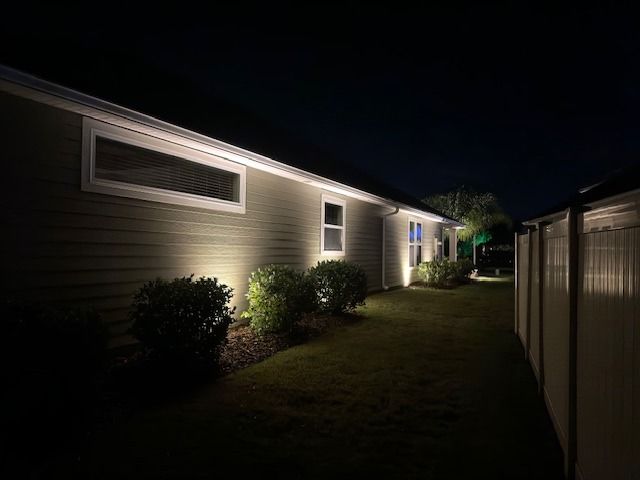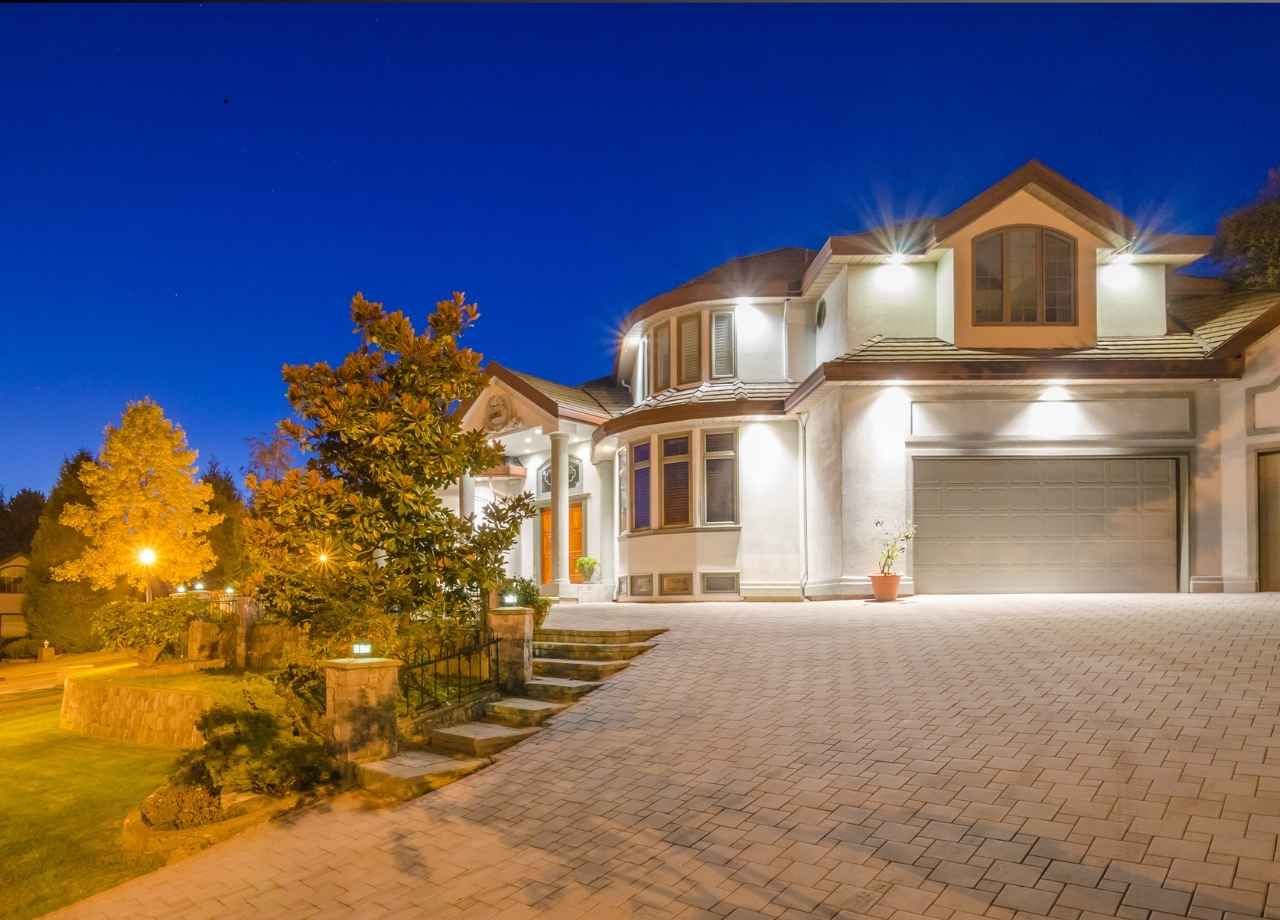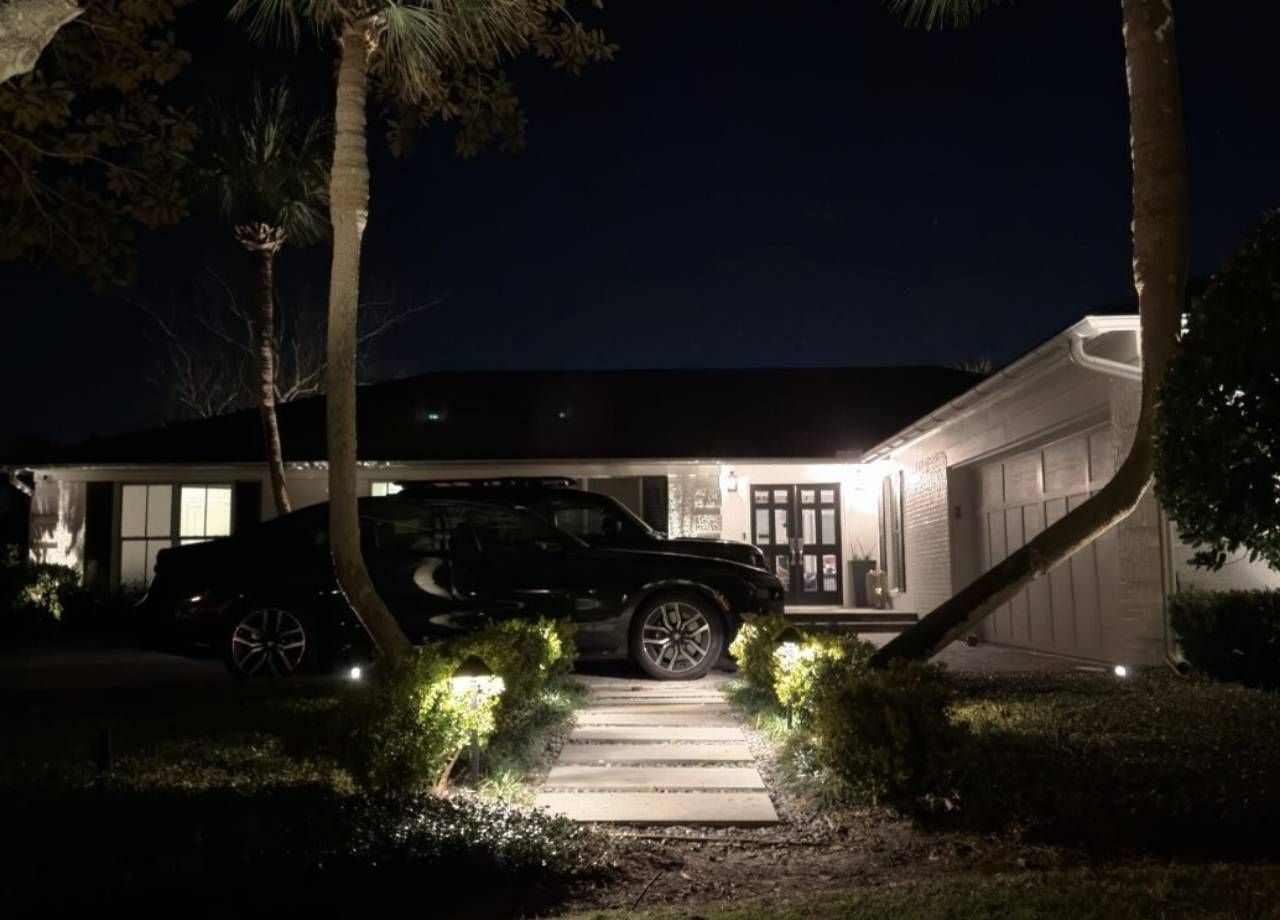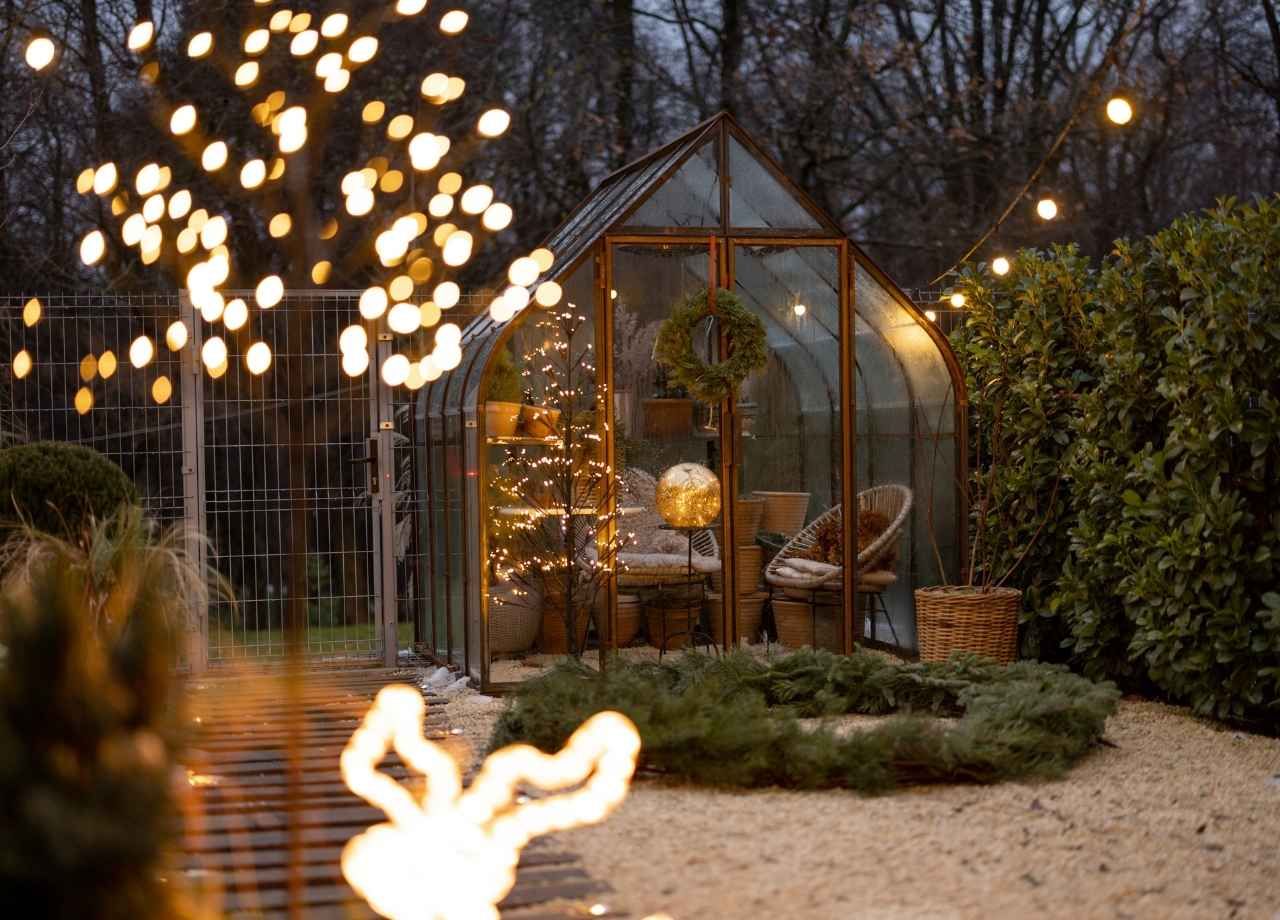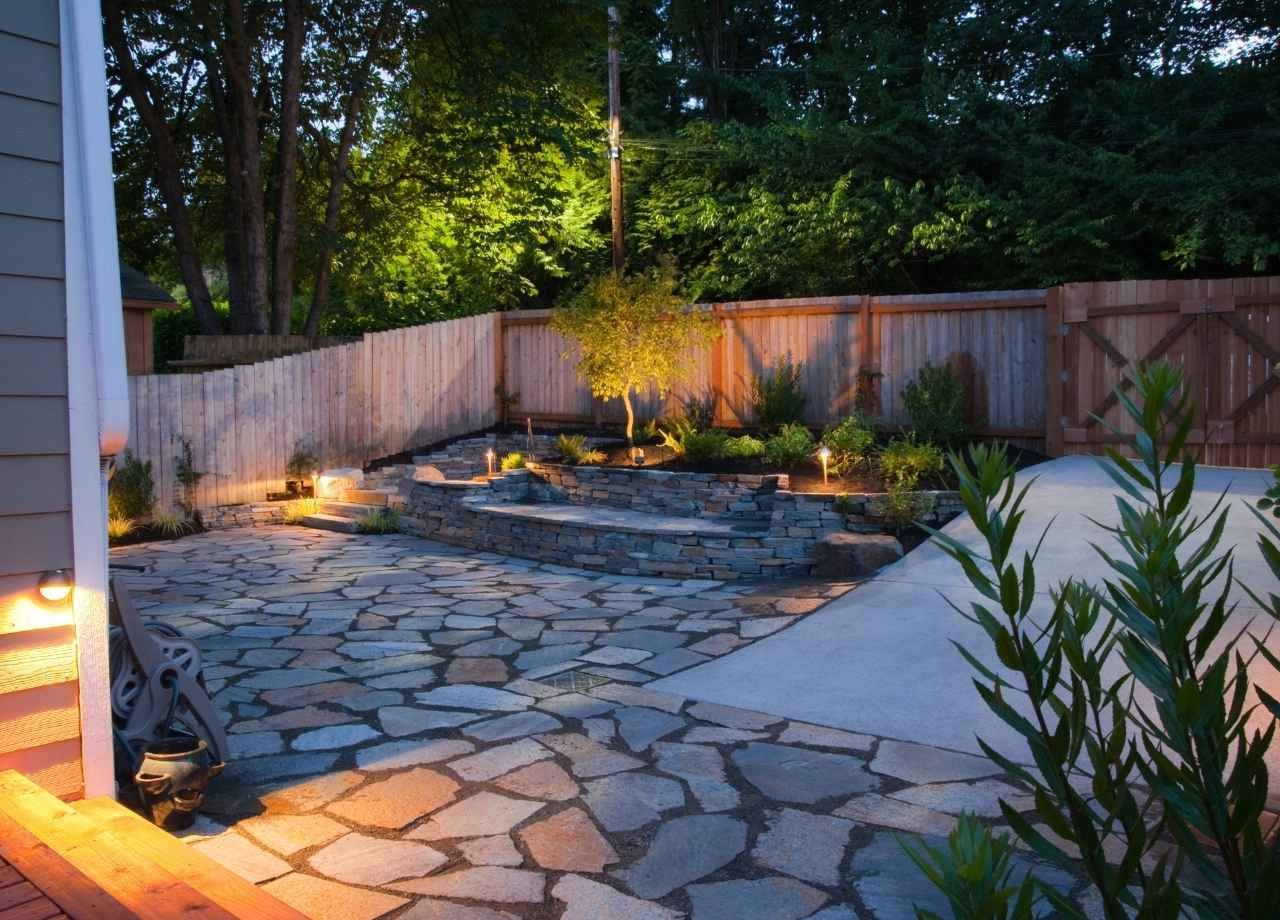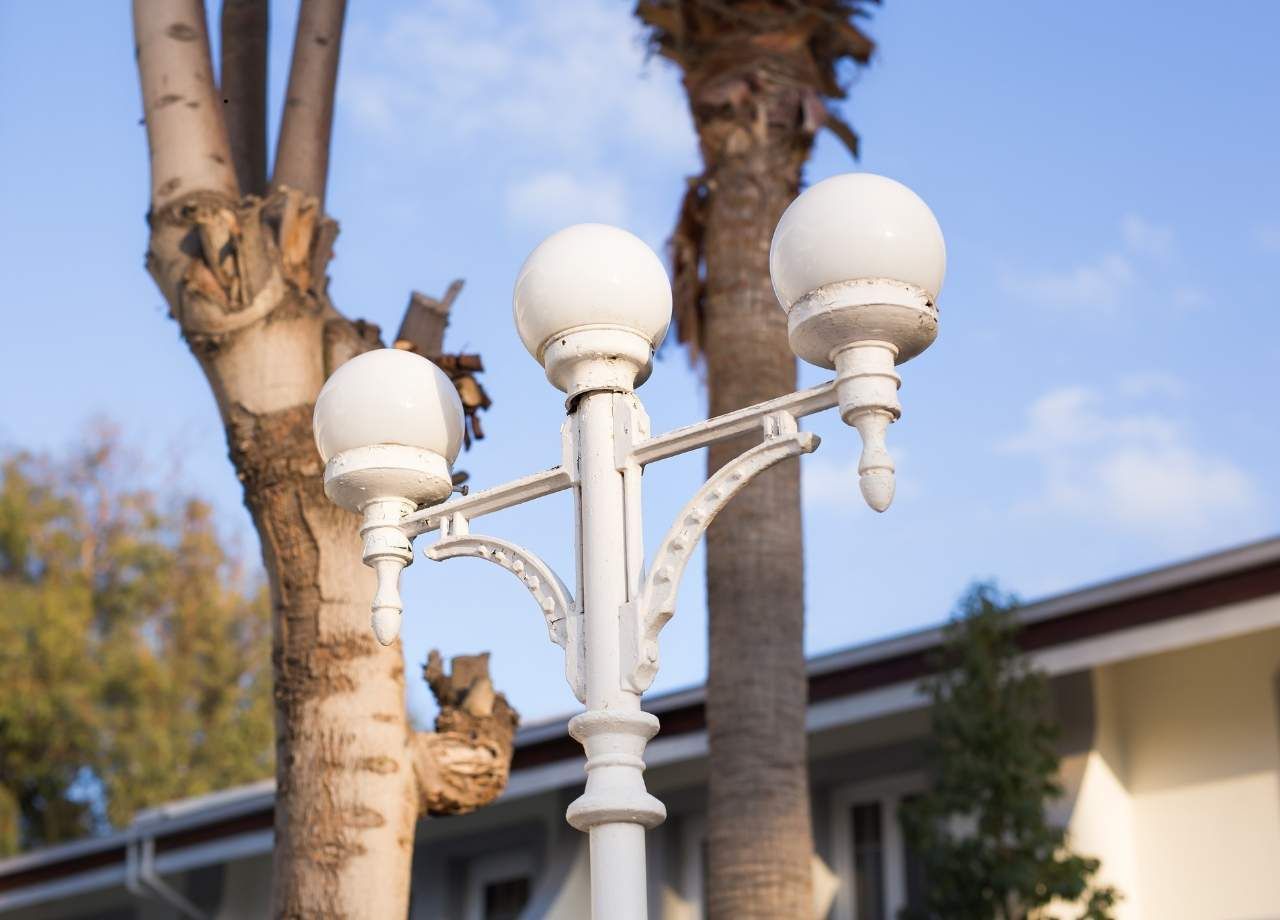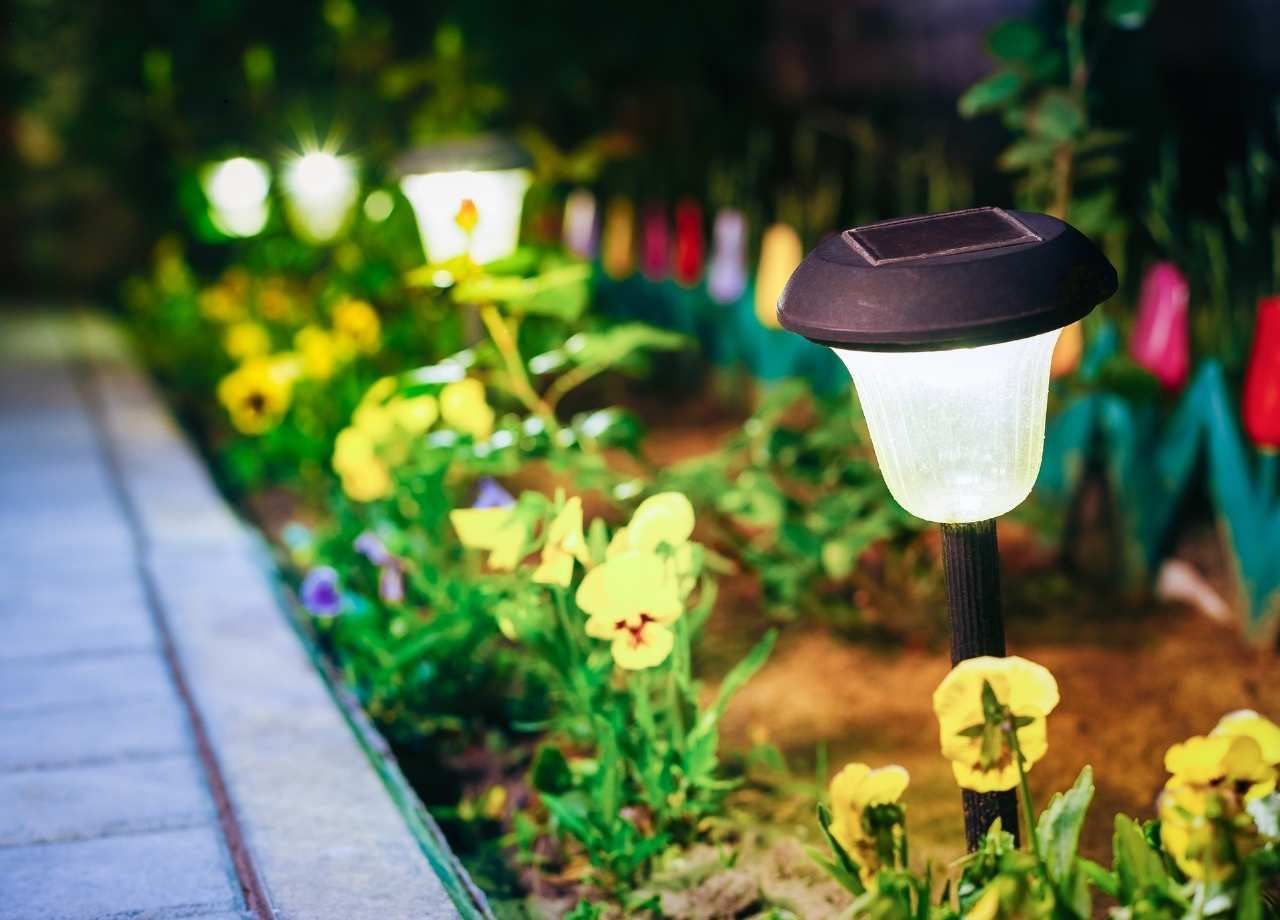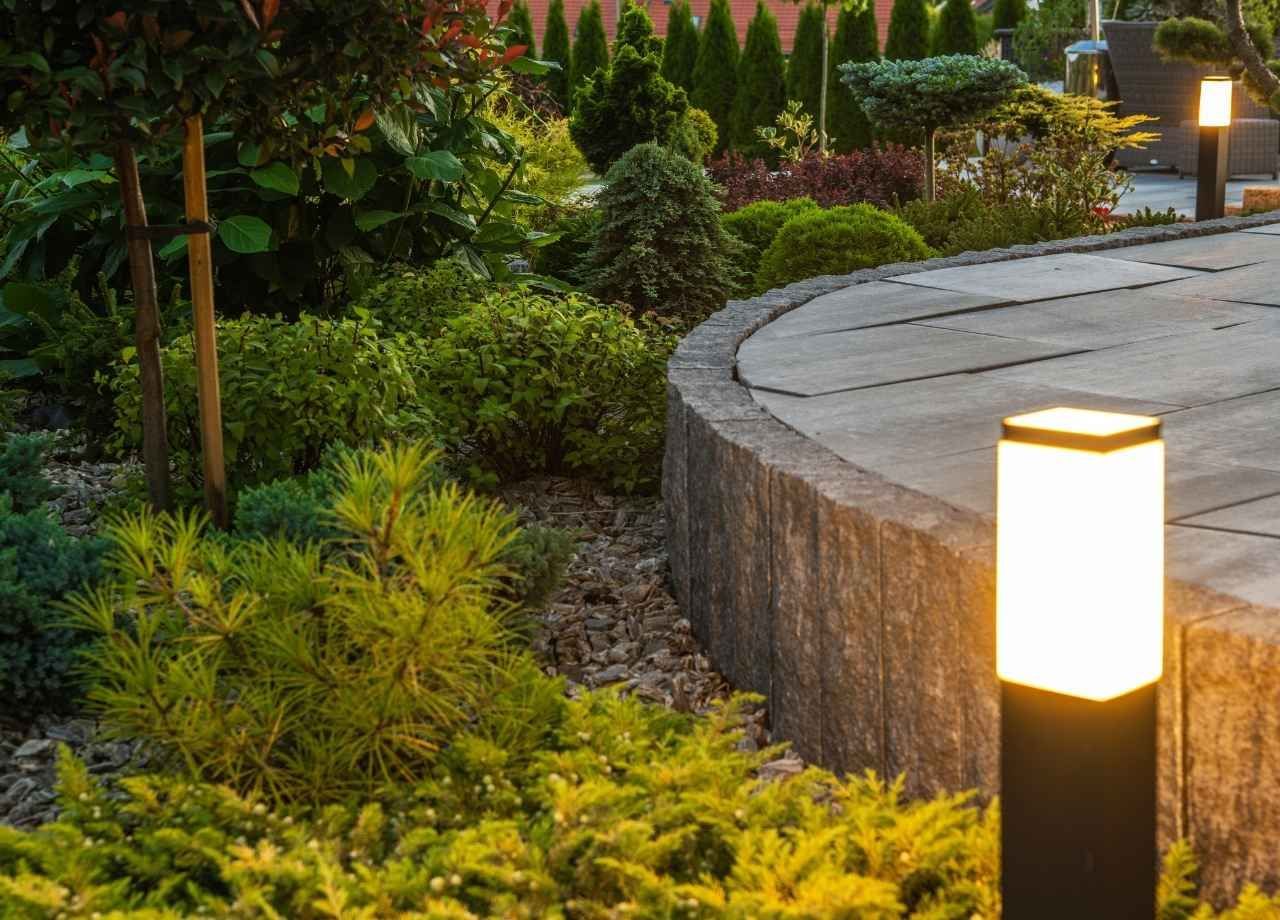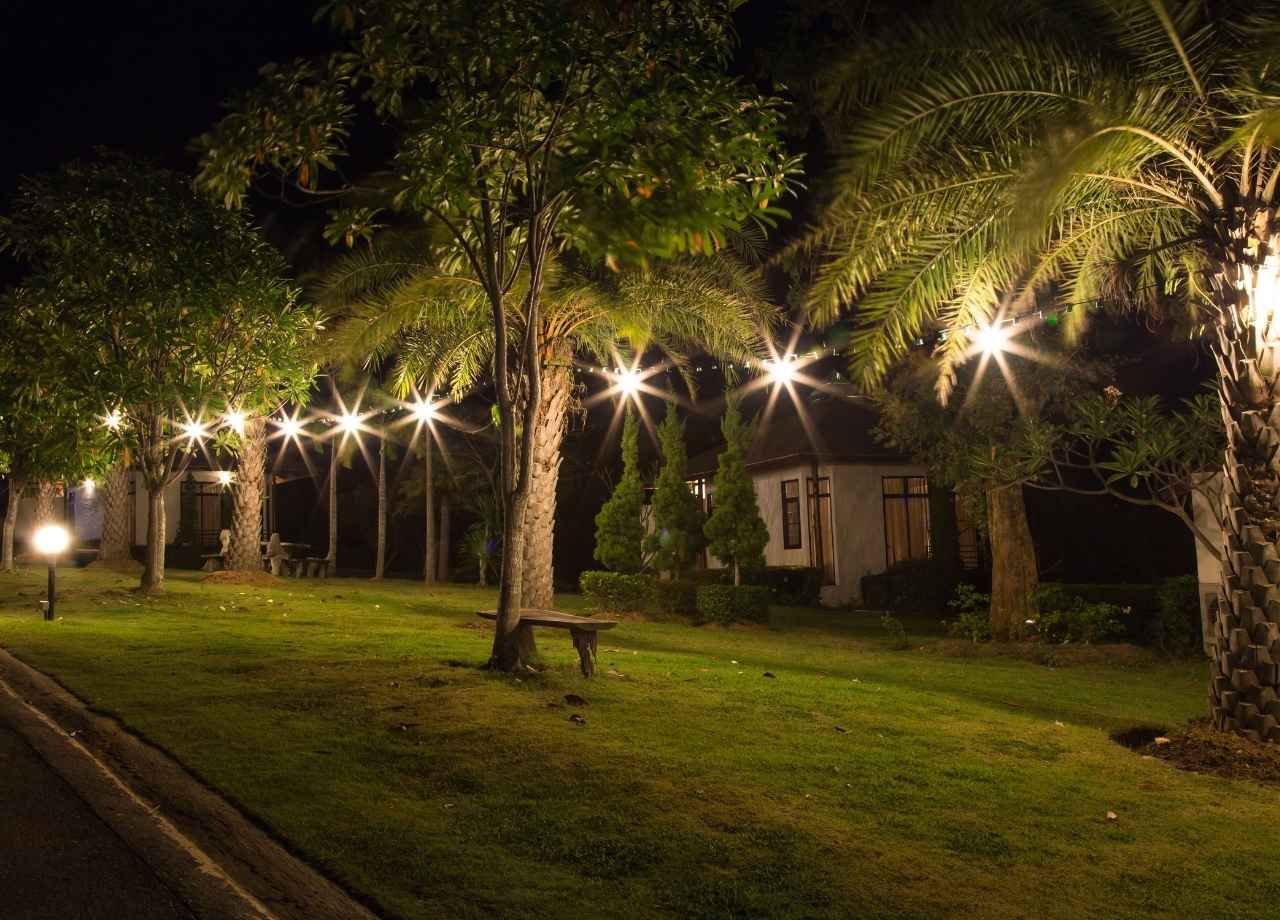Eco-Friendly Outdoor Lighting: Smart Ways to Go Green Without Sacrificing Style
Homeowners today are increasingly conscious about how their choices impact the environment. Outdoor lighting is one of those areas where energy use, design, and technology meet in a very visible way. Many people want to reduce their energy consumption, cut costs, and be more sustainable, but they also want to create beautiful, inviting outdoor spaces. The good news is that eco-friendly outdoor lighting doesn’t mean settling for less style or weaker illumination. With the right strategies and products, you can achieve a sophisticated look that elevates your home while still aligning with green living.
At Aloha Outdoor Lighting, we’ve seen firsthand how eco-conscious homeowners in Jacksonville are blending sustainability with design. Our customized solutions show that energy efficiency and aesthetics can go hand-in-hand, making it easier than ever to enjoy the best of both worlds.
Why Outdoor Lighting Needs a Greener Approach
Outdoor lighting has long been associated with wasteful practices. Traditional incandescent or halogen bulbs consume a significant amount of electricity while giving off excess heat. Fixtures are often left on throughout the night, contributing to unnecessary energy costs and light pollution. When multiplied across an entire neighborhood, these choices add up to a large environmental burden.
A greener approach not only reduces energy bills but also minimizes a home’s carbon footprint. Beyond the environmental benefits, efficient lighting systems often last longer, require less maintenance, and operate more reliably. In short, eco-friendly outdoor lighting is not only good for the planet—it’s also good for homeowners who value durability, cost savings, and comfort.
LED Technology: The Cornerstone of Green Lighting
Switching to LED lighting is one of the most effective steps toward sustainability. LEDs consume up to 80 percent less energy compared to traditional bulbs and have a lifespan that can extend beyond 50,000 hours. That translates to years of use before replacement is necessary.
LEDs also offer flexibility in design. Warm white tones can mimic the cozy glow of incandescent bulbs, while cooler options provide bright illumination for pathways and security purposes. Dimmable features allow homeowners to adjust brightness to suit different moods or events, adding another layer of efficiency. Modern LEDs are also built to withstand outdoor conditions, making them ideal for everything from garden accents to architectural uplighting.
Smart Controls for Smarter Energy Use
Technology has transformed outdoor lighting beyond the bulb itself. Smart systems allow you to control when and how your lights operate, eliminating wasted energy. Motion sensors ensure that security lights only come on when needed, rather than burning all night. Timers and astronomic controls can automatically adjust for seasonal changes in daylight, preventing unnecessary usage.
The convenience of smartphone apps means you can monitor and adjust your outdoor lighting even when you’re away from home. For those who travel frequently or enjoy automation, these systems provide peace of mind while maintaining efficiency. A carefully programmed schedule not only saves energy but also enhances security by creating the appearance of occupancy.
Solar Power as a Stylish Alternative
Solar lighting has evolved far beyond the flimsy stake lights of years past. Today’s solar-powered fixtures incorporate efficient photovoltaic panels, rechargeable batteries, and durable materials that can stand up to the elements. They’ve become a reliable option for homeowners who want to harness renewable energy directly on their property.

From sleek pathway markers to dramatic spotlights that highlight landscaping features, solar lights now come in designs that rival wired systems. Hybrid options even combine solar charging with low-voltage connections, offering both resilience and reliability. With advancements in battery storage, many solar lights can now provide illumination through cloudy days and longer nights without dimming prematurely.
Designing With Purpose: Placement Matters
Eco-friendly outdoor lighting is not just about the type of bulb or fixture—it’s about intentional placement. Too much light can create glare, diminish night sky visibility, and waste energy. A purposeful design strategy ensures that every fixture contributes to both function and beauty without excess.
Pathway lighting, for example, should be installed at consistent intervals to guide guests safely without flooding the area with unnecessary brightness. Accent lighting can highlight key architectural details or landscape features with narrow beams rather than broad, unfocused light. Downlighting from trees or structures creates a natural moonlight effect that adds ambiance without overwhelming the space.
By focusing on quality rather than quantity, you reduce energy use while achieving a more sophisticated look. This principle—less but better—is a hallmark of eco-conscious design.
Choosing Sustainable Materials
Beyond the lighting technology itself, the fixtures’ materials play a role in sustainability. Recycled metals, responsibly sourced wood, and durable composites all contribute to longer-lasting installations. Corrosion-resistant finishes extend the life of outdoor fixtures, preventing the need for frequent replacements. Choosing high-quality materials not only supports eco-friendly values but also ensures that your lighting investment stands the test of time.
Manufacturers are also producing fixtures with replaceable components, allowing homeowners to repair rather than discard them when a part fails. This reduces landfill waste and makes lighting systems more sustainable over the long term.
Reducing Light Pollution Without Sacrificing Safety
Light pollution is often overlooked, yet it impacts ecosystems, wildlife, and even human sleep cycles. Eco-friendly outdoor lighting incorporates shielded fixtures and proper aiming to keep light focused only where it’s needed. This prevents glare, maintains a dark sky above, and enhances the natural beauty of the night.
Shielded pathway lights, for instance, direct illumination downward, where it improves safety without spilling into surrounding areas. Adjustable spotlights can be angled precisely to highlight a tree or architectural feature without washing out the surroundings. By controlling direction and intensity, you achieve a safer, more attractive environment without contributing to skyglow.
The Role of Professional Design and Installation
While DIY solar lights may seem appealing, professional design and installation can maximize both efficiency and aesthetics. Experienced lighting designers understand how to balance brightness, beam spread, fixture height, and placement. They also integrate controls and wiring in ways that maintain the landscape’s beauty without visible clutter.
For homeowners committed to going green, professional installation ensures that every fixture is working toward the same goal: energy efficiency, style, and durability. When handled by experts, an eco-friendly lighting plan enhances curb appeal while aligning with modern sustainability values.
Long-Term Savings and Value
The initial cost of eco-friendly lighting may be higher than traditional options, but the long-term savings make the investment worthwhile. Reduced energy bills, fewer replacements, and lower maintenance translate into significant financial benefits. Over time, sustainable lighting can pay for itself while continuing to deliver style and comfort.
Beyond monetary savings, there’s also the value of knowing your home contributes less to environmental harm. This sense of responsibility resonates with many homeowners today, especially those who want to set a positive example for their families and communities.
Moving Toward a Greener Future in Outdoor Lighting
Eco-friendly outdoor lighting is no longer a compromise between efficiency and style. Advancements in LEDs, solar power, smart controls, and fixture design have made it possible to illuminate outdoor spaces with sophistication while dramatically reducing energy consumption. By embracing these technologies and strategies, homeowners create landscapes that look beautiful at night and remain sustainable for years to come.
Outdoor lighting is more than just a practical necessity—it’s an extension of your home’s character. Choosing greener options demonstrates a commitment not only to design but also to the environment. With thoughtful planning, sustainable technology, and expert installation, every homeowner can enjoy a beautifully lit property without sacrificing their eco-friendly values.

